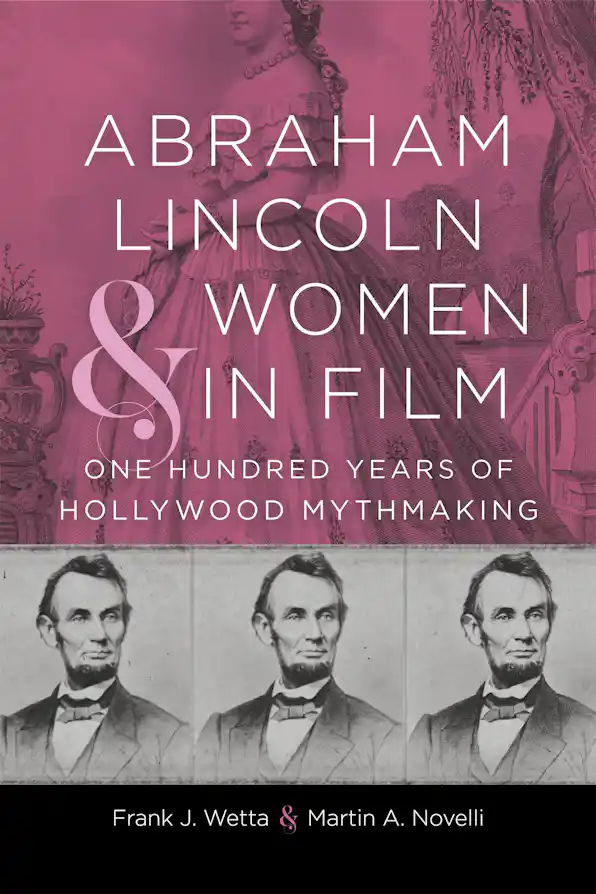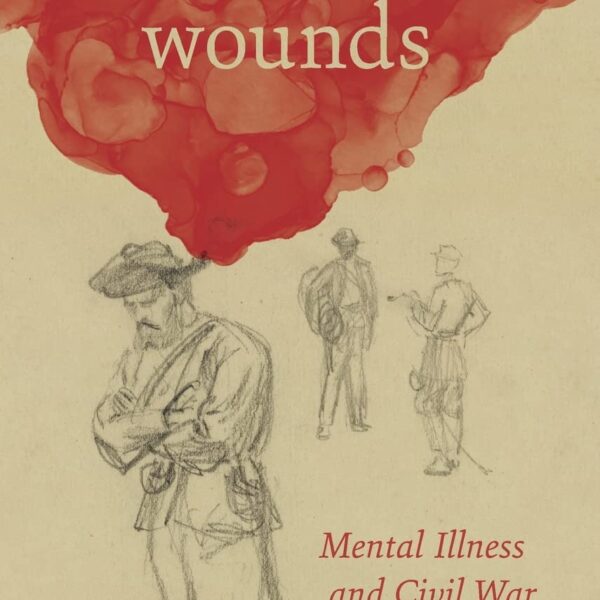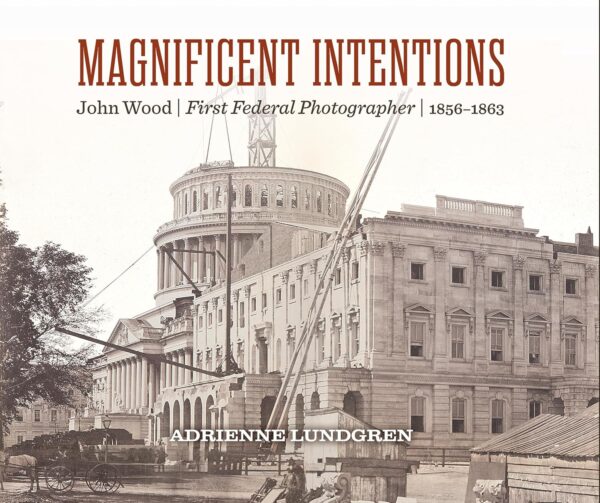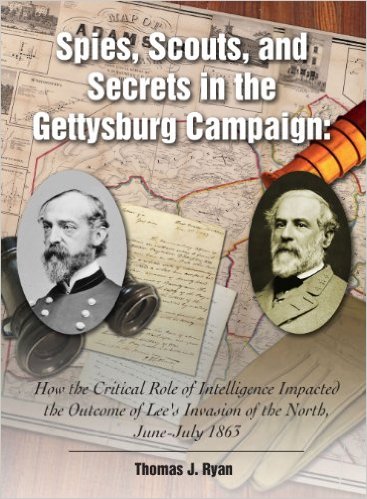Abraham Lincoln and Women in Film analyzes “Lincoln the lover—whom he loved and who loved him” and examines “the female characters in Hollywood’s story of the intimate life of Abraham Lincoln” (2). Frank J. Wetta and Martin A Novelli have co-authored two previous books about history and film: The Long Reconstruction: The Post-Civil War South in History, Film, and Memory (Routledge, 2014) and Last Stands from the Alamo to Benghazi: How Hollywood Turns Military Defeats into Moral Victories (Routledge, 2016). Lincoln, they contend in their current volume, has become both hero and antihero; they identify both the “Good Lincoln” and the “Bad Lincoln.” The “Good Lincoln” has appeared frequently in films, while the “Bad Lincoln” has not yet. Further, the authors note tensions between the “Lincoln of Popular Memory” and the “Historian’s Lincoln.” Hollywood, they assert, contributed “to the apotheosis of Abraham Lincoln by bringing Lincoln’s women and the Man of Sorrow together on screen” (4), foregrounding the Good Lincoln and helping develop the “Lincoln of Popular Memory.”
Wetta and Novelli begin with Lincoln’s mother, Nancy Hanks, and Lincoln’s stepmother, Sarah Bush Johnston. D. W. Griffith’s Abraham Lincoln (1930) and James Agee’s Mr. Lincoln (1952) portrayed Lincoln’s birth as both prophetic and melodramatic. In Griffith’s film, Nancy only appears when Lincoln is born. Agee, on the other hand, “influenced by Carl Sandburg, created an idealized representation between Nancy and Abe from a compound of myth and reality” (12). Agee’s sentimentalism and romanticism, the authors assert, reveal much more about the twentieth century than the world in which Lincoln was born. A much later motion picture, The Better Angels (2014), depicted a Lincoln household that “seems a better fit for the Summer of Love of 1967 than the hardscrabble environment of the Lincoln, Hanks, and Sparrow clan” (25). Other films romanticized the relationship between Lincoln and his stepmother, Sarah, but nonetheless “honestly reflect their mutual affection” (20). Ultimately, in film and in real life, Lincoln left Indiana for Illinois. Nancy and Sarah loved Lincoln and he “held fond memories of them but no desire to return to the world they represented or to have Sarah close” (19). In other words, filmmakers have a hard time resisting romanticization, which often obscures important elements about Lincoln’s life.
In 1928, Wilma Frances Minor claimed to possess love letters written by Lincoln and Ann Rutledge. Despite concerns about the authenticity of the letters, they were published in the Atlantic Monthly. Paul M. Angle and other Lincoln scholars had no doubt they were fakes. Indeed, the letters were soon proven to be fraudulent. Minor went as far as to claim that her mother, a clairvoyant, “recorded the letters herself after receiving messages from the beyond” (30). Scholars have always disagreed about the exact nature of the relationship between Lincoln and Rutledge. Were they friends? Something more? Was Ann Rutledge Lincoln’s lost love? The evidence is limited and inconclusive at best. Lincoln’s law partner, William Herndon, created the story of Abe and Ann, the star-crossed lovers, in 1866. Mary Todd Lincoln was enraged by Herndon’s assertions. Later Lincoln scholars such as James Garfield Randall and Ruth Painter Randall roundly rejected Herndon’s Ann Rutledge story. However, Hollywood has never allowed the facts to get in the way of a good story. As the authors note, “Ann’s story, whatever its controversial facts, was too good to let go” (35) and Hollywood saw it as perfect for the movies. Directors helped to create the tenacious Ann Rutledge trope—namely, “a story told time and again about Lincoln’s first and only true love, pasted into script after script” (41). Was Ann Rutledge a chance acquaintance or Lincoln’s lost love? Hollywood has taken, again and again, the latter perspective. As noted above, the evidence about Lincoln and Ann Rutledge is faint and fragmentary, but Hollywood portrayals contain little nuance. Furthermore, such portrayals often make Ann Rutledge into an angelic ghost, a haunting reminder of what could have been. Again, films often obscure more about Lincoln’s life than they reveal.
At the Pleasant Ridge Baptist Church in Weston, Missouri, the tombstone for Mary Owens reads “Abraham Lincoln’s Other Mary/Here Lies Mary Owens Vineyard/1808-1877/Who Rejected Abraham Lincoln’s Proposal of Marriage in 1837.” Anyone familiar with Lincoln’s biography knows that the tombstone got it right. Lincoln proposed marriage and Mary Owens turned him down. Lincoln’s letter to Mrs. Orville Hickman Browning, written April 1, 1838, contained a lengthy discussion of the courtship, without mentioning Mary Owens by name. Lincoln called the woman he courted a “fair match for Falstaff.” Was this an attempt at humor, an April Fool’s joke? Evidence of a streak of cruelty in Lincoln’s temperament? Something else? Historians differ on this point. Importantly, as Gerald McMurtry commented, people have devoted “columns of print” to the story of Lincoln and Ann Rutledge, “of which we know almost nothing, and seldom give more than passing mention to is affair with Mary Owens, of which there is an abundance of evidence” (59). The movies have also treated Mary Owens shabbily. She has largely been ignored by filmmakers and only appears in the episode of the TV miniseries Sandberg’s Lincoln. And yet, as Wetta and Novelli observe, the scenes in which she appears offer a perceptive interpretation of her relationship with Lincoln. Mary Owens becomes another could-have-been, albeit in a much more limited way than Ann Rutledge, a woman who might have had a happier marriage with Lincoln than Lincoln’s eventually marriage to Mary Todd.
Mary Todd Lincoln, as one would expect, receives considerable attention in this volume. Historians have long debated the evidence of Lincoln’s relationship with Ann Rutledge, but debates about Mary Todd Lincoln are far more strident. Scholars have generally divided themselves into two camps: the “Bad Mary” critics and the “Good Mary” defenders. Arguments between the two camps, Wetta and Novelli assert, often make scholars sound like “divorce lawyers arguing over whose client should get custody of Tad and Willie” (71). Hollywood, as with depiction of Ann Rutledge, did not go for ambiguity in portrayals of Mary. Movies have largely embraced the “Bad Mary” image, often in contrast to Ann Rutledge, thus creating a dichotomy between “sweet Ann of New Salem” and “Mary, the Witch of Springfield” (89). Indeed, the “Bad Mary image went largely unchallenged until the rise of feminist scholarship. Kay Hammond in Griffith’s Abraham Lincoln, Marjorie Weaver in Young Mr. Lincoln and Ruth Gordon in Abe Lincoln in Illinois defined this determined, manipulative, and essential Bad Mary” (97). However, portrayals of Mary in motion pictures have evolved. Sada Thompson in Sandburg’s Lincoln (1974), Mary Tyler Moore in Gore Vidal’s Lincoln (1988), and Sally Field in Lincoln (2012) “offered nuanced depictions of Mary Lincoln. They made her more believable by providing a counterpoint to the mawkish tradition of Hollywood film. These new interpretations were welcome revisions to the cliches embedded in the “Bad Mary” tropes, and they serve as antidotes to the venom of her critics” (134). Although Hollywood generally avoids nuance in motion pictures about Lincoln, filmmakers have become more attentive to the complexities of the Lincoln marriage and have begun to move away from the “Bad Mary” portrayal.
Wetta and Novelli conclude the book with a discussion of Shirley Temple and Marilyn Monroe. Lincoln featured prominently in The Littlest Rebel (1935), in which Shirley Temple’s character charmed Lincoln into pardoning her father and Colonel Morrison. The discussion of Marilyn Monroe, while interesting, feels more tangential to the book’s overall themes, although the authors do illustrate how Lincoln fascinated Monroe and how she saw him as a father figure.
Reviews of new books about Abraham Lincoln often mention the sheer number of books that have been about Lincoln—upwards of 15,000—and ask the obvious question: Does this book contribute, in some way, to such a vast historiography? In this case, the answer is yes. Wetta and Novelli have something important to say about depictions of the women in Abraham Lincoln’s life in motion pictures as well as Hollywood’s role in manufacturing some of the images of Lincoln that dominate popular culture. Anyone interested in Abraham Lincoln, U.S. history, and the complex, often fraught, relationship between history and motions pictures, will find this book worth reading.
Evan C. Rothera is the author of the award-winning Civil Wars and Reconstructions in the Americas.
Related topics: Abraham Lincoln, women





